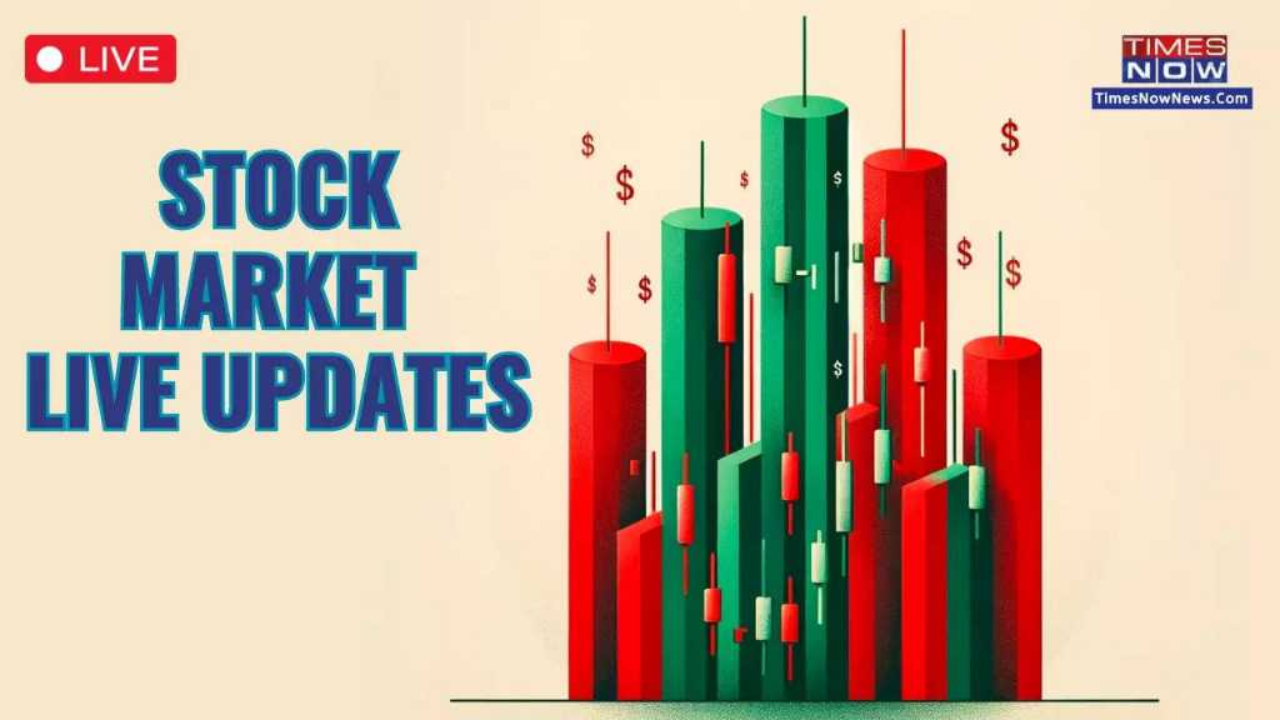

Pressure Mounts on the Federal Reserve
The pressure on the Federal Reserve to cut rates is rising following heavy selling on Wall Street and a disappointing jobs report that has stoked fears of a recession. Traders are now betting that the Fed will take more aggressive action in the remaining months of 2024, impacting sectors like financial services and overall investment management.
They expect rate cuts of half a percent in both September and November, followed by another quarter-point cut in December. Previously, traders anticipated only two quarter-point cuts for the rest of the year, which highlights the changing economic landscape and its effect on financial institutions.
Economic Indicators and Expert Opinions
JPMorgan chief economist Michael Feroli suggests there is a growing argument for a rate cut before the next scheduled policy meeting on September 17-18. "There is a strong case to act before September," he said in a research note, indicating the urgent need for adjustments in the finance sector.
Feroli added that the Fed appears to be "materially behind the curve," expecting a 50 basis point cut at the September meeting followed by another 50 basis point cut in November. Wilmer Stith, bond portfolio manager for Wilmington Trust, agrees that an inter-meeting cut is unlikely as it might spook investors, which is typically reserved for extreme crises.
Federal Reserve Board Chairman Jerome Powell, during a recent news conference, was dismissive of the idea of a 50 basis point cut, suggesting that a 25 basis point cut was more likely for September if the Fed decides to act. Powell emphasized the need for careful consideration and indicated that no decisions had been made as of yet.
Impact of Recent Economic Data
The scrutiny on the Fed intensified with new signs of a cooling labor market. Data from the Bureau of Labor Statistics showed that the US economy added 114,000 nonfarm payroll jobs in July, fewer than the 175,000 expected by economists. The unemployment rate rose to 4.3%, its highest level since October 2021.
These numbers reinforced concerns among Fed watchers that the central bank should have lowered rates at its July 30-31 meeting to preempt a slowing US economy. However, policymakers decided to maintain rates at a 23-year high. This decision has significant implications for investment planning and retirement accounts, as well as the broader financial independence strategy of many investors.
Chicago Fed President Austan Goolsbee commented that the central bank would not overreact to a single report and would consider a wealth of data before the next meeting. Nonetheless, the possibility of restrictive rates persisting too long remains a concern.
Baird strategist Ross Mayfield noted that a 50 basis point rate cut should be considered, acknowledging that hindsight suggests the Fed should have started cutting rates in July. This sentiment reflects the urgency and the critical role of timely monetary policy adjustments in maintaining economic stability.
Conclusion
The Federal Reserve faces mounting pressure from Wall Street to take more aggressive action in cutting rates. As economic indicators point to a potential slowdown, the central bank’s decisions in the coming months will be pivotal in steering the economy and restoring investor confidence.
For more information on related topics, consider exploring:











